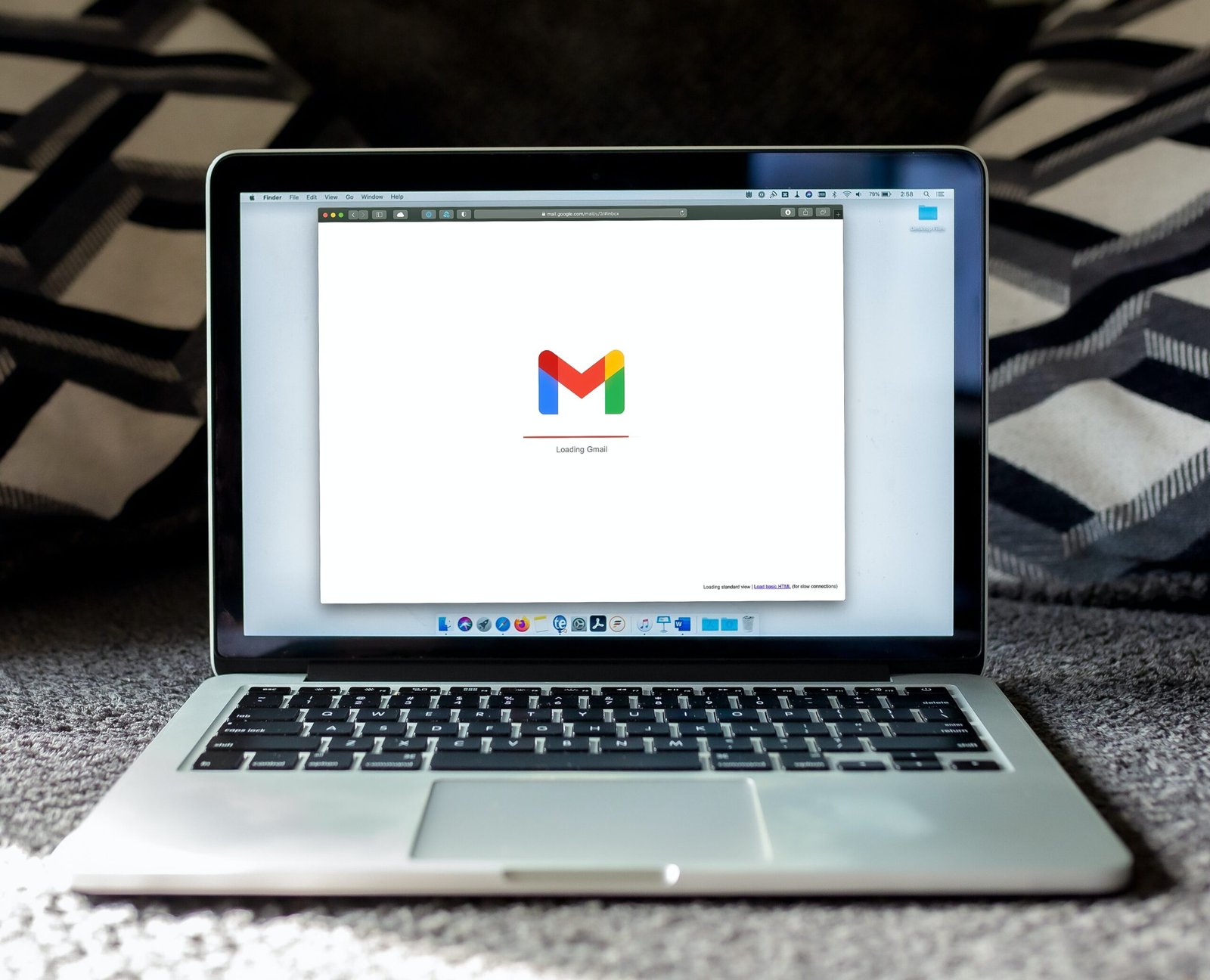
Introduction
Email marketing has become an essential tool for businesses across various industries, and photographers are no exception. With its ability to reach a wide audience, build brand loyalty, and drive conversions, email marketing has proven to be an effective strategy for photographers looking to grow their business. In this article, we will explore the benefits of email marketing for photographers and provide some tips on how to leverage this powerful tool.
The Benefits of Email Marketing for Photographers
1. Building and nurturing relationships: Email marketing allows photographers to establish a direct line of communication with their audience. By sending regular updates, newsletters, and personalized messages, photographers can build strong relationships with their clients, prospects, and followers. This helps in creating a sense of trust and loyalty, ultimately leading to repeat business and referrals.
2. Showcasing work and expertise: Email newsletters provide photographers with a platform to showcase their latest work, share behind-the-scenes stories, and highlight their expertise. By including high-quality images and engaging content, photographers can captivate their audience and leave a lasting impression.
3. Driving website traffic: Including links to your website or blog in your email campaigns can drive traffic to your online portfolio or blog posts. This not only increases your website’s visibility but also gives you an opportunity to convert visitors into potential clients.
4. Promoting special offers and events: Email marketing is an effective way to promote special offers, discounts, and upcoming events. Whether it’s a limited-time discount on a photoshoot package or an exhibition showcasing your work, email campaigns can help create a sense of urgency and encourage recipients to take action.
Tips for Effective Email Marketing
1. Build a Quality Email List
Start by building a quality email list consisting of people who are genuinely interested in your work. Avoid purchasing email lists, as they often result in low engagement and high unsubscribe rates. Instead, focus on organic methods such as website sign-up forms, social media promotions, and networking events to grow your list.
2. Segment Your Audience
Segmenting your email list allows you to tailor your messages to specific groups of recipients based on their interests, preferences, or stage in the customer journey. By sending targeted and relevant content, you can increase engagement and conversions.
3. Create Compelling Content
When crafting your email campaigns, make sure to create compelling content that resonates with your audience. Share stories, tips, and insights that showcase your personality and expertise. Including visually appealing images and videos can also enhance the overall impact of your emails.
4. Optimize for Mobile
With the majority of emails now being opened on mobile devices, it’s crucial to optimize your emails for mobile viewing. Use responsive email templates that adapt to different screen sizes and ensure that your images and text are easily readable on smaller screens.
5. Test and Analyze
Regularly test different elements of your email campaigns, such as subject lines, call-to-action buttons, and sending times. Analyze the results to identify what works best for your audience and refine your strategies accordingly.
6. Comply with Privacy Regulations
Ensure that you comply with privacy regulations, such as the General Data Protection Regulation (GDPR) if you are targeting recipients in the European Union. Obtain consent from your subscribers and provide clear options for them to unsubscribe or update their preferences.
Conclusion
Email marketing presents a valuable opportunity for photographers to connect with their audience, showcase their work, and drive business growth. By following the tips mentioned above and consistently delivering high-quality content, photographers can leverage email marketing to build lasting relationships, drive website traffic, and promote their services effectively.
Remember, email marketing is a long-term strategy that requires consistent effort and attention. Stay focused, adapt to your audience’s needs, and continuously refine your approach to achieve optimal results.